b and d letter confusion
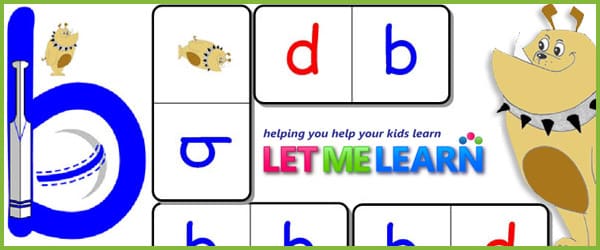
If you’re a parent or teacher and want to learn about my story of how I help children who reverse their letters, then read on. Specifically I’ll be talking about ‘b’ and ‘d’ letter confusion because these are the most common letters that are reversed. I’m a teacher and see this problem all the time in children (and some adults) yet I had never found much that would help. I’m also interested because I used to reverse these letters all the time at school and I still do on occasion. I’m dyslexic, but don’t worry, if your child has this problem, it doesn’t automatically mean they’re dyslexic. It’s more an issue of directionality and the type of person they are than dyslexia.
I decided to do some research to see what would help these children. Almost a year later I have come up with some answers and a package to solve the problem. I’ve put together what I’ve found so you don’t have to spend time searching and worrying. I discovered that it is very common for children to reverse letters up to the age of 7 or 8 but there seems to be little explanation as to why one can continue to confuse these (and left from right) after the age of 7 or 8 years. There is a very simple explanation as to why young children do this:
Take for example an apple. Turn it upside down, is it still an apple? Flip it over, still an apple? With any object you choose, no matter how you hold it, it will not change what we call it. From the moment we are born and start focusing, this is what we learn. Then, when we start to learn to read, the rules change; ‘d’ if we reflect it, it becomes ‘b’ but some of us still see it as ‘d’ just like the apple.
I have also discovered from the type of children I teach and the people I know (being a self-employed teacher – I get to meet a lot of business people) it is mainly creative people who can more easily think in 3D that have this confusion. It is surprising that the number of adults that I speak to about this project admit that they, on occasion, still confuse ‘d’ and ‘b’ and had problems with this at school. It seems that our creativeness, that allows us to be successful in other areas has a knock on effect of sometimes causing us to confuse letters and left from right. I’ve not found any scientific research as to why this happens, all I have read is that it is a brain anomaly.
Where does Dyslexia fit into all this? You may have heard the popular myth about letter reversals and Dyslexia? Well, the myth goes along the lines of “Oh, Dyslexia? That’s where you get your letters round the wrong way, right?” Well yes and no. Some Dyslexics have this problem but some don’t. So if you think your child might be Dyslexic don’t just assume they are because they are getting their letters wrong. This is just one symptom that might lead a Psychiatrist or Specialist Teacher to diagnose Dyslexia. It is NOT the over-riding feature that defines Dyslexia and it rather annoys me when I see logo’s or pictures about Dyslexia that show letters reversed – this is probably where the myth stems from!
In summary, there are children with Dyslexia that do reverse letters and children without dyslexia that don’t and those that do reverse tend to be more creative and can think three-dimensionally in pictures.
Can we help? Yes we can! There are many strategies out in the world today that do help and probably some on this site. There’s the ‘bed’ method, making a fist of ‘b’ and ‘d’ with your hands and spelling ‘bed’ works a treat for some children and there’s the ‘bat and ball method’ shown in the picture. And most children ‘get it’ fairly quickly and move on. But others don’t and these are the children I’m most interested in trying to help. I believe that these are the kinaesthetic (right brain dominant) learners who need the most help, mainly because kinaesthetic learning is not the normal way of teaching in schools. Things are changing and more kinaesthetic ways of learning are happening but not enough, yet. (By the way, this method helps ALL children learn better).
Kinaesthetic, right-brained, big picture learners generally like art and colour and touch and don’t tend to see the details. For example, I won’t move the shoes in the hallway because I don’t see them – much to my fiancées annoyance! These types of learners are best learning visually and practically with hands-on learning. It helps children to see and understand what is going on by ‘doing’. Just listening and seeing isn’t enough. We have to touch and feel to understand.
I have found some good resources in books, which I have tried with children and they work for some children, but not all. There is something missing. I didn’t know what that was though for a while. For me personally as a teacher and life long learner, I’m just bored with worksheets all the time and a bored teacher is not a good teacher! They’re also very good for the photocopier because they are black and white. This makes them cheap to reproduce which is a good thing for your wallet but if children are bored, they’re not learning. Having not found a book or pack of resources that could hep all children, I had to create my own bright and colourful resources that weren’t just worksheets. But bright and colourful wouldn’t do the trick by itself. I had to use my knowledge of how the memory works – I’m an NLP practitioner so I have learnt all about what motivates us to do and not to do things and about how our memory works.
Bulldog was born. Drawing is a hobby of mine and I like cartoon style drawing, so I was looking through my pictures and found Bulldog – he was the missing link! I designed the whole package that was linked for memory retention around Bulldog – visually stimulating, with a loveable attention grabbing cartoon character.
To make the best learning package I added:
• Games that involved strategy to win by getting the letters correct. This means that they’re so involved with the games that they don’t realise how often they’re reading and saying the letters and helping the skills they’re learning get into their long-term memory
• Activities that involve the whole body for kinaesthetic learning.
• Posters and desk prompts to give them strategies to remember – I added a couple of my own – a new visual strategy and my mum’s kinaesthetic strategy (my mum is a teacher too). Kids love them.
• And the dreaded worksheets! But they weren’t dreaded. They are colourful and converted into little booklets to be proud of – to take a little bit of Bulldog home for ‘homefun’ (not homework).
• And of course Bulldog is everywhere, reminding them all the time about what they have learned and how to remember.
Bulldog works because the unique theme is linked throughout the entire pack which builds essential memory hooks every single time any resource is used. This is combined with proven multi-sensory activities to create an engaging, fun and motivating learning environment. The solution to helping right-brained, creative (and dyslexic) children with b/d confusion is Bulldog Letter Reversals.
If you want to make your own resources that work you’ll need to think about not only teaching the difference between ‘b’ and ‘d’ but making your resources motivating, fun and engaging which gives them better, stronger memories that they can recall when they need to remember how to remember.
Sue Kerrigan is a teacher and private tutor helping children with dyslexia and dyscalculia in the UK.
Comments
Leave a Reply
Popular Teaching Resources
Stay Up To Date
Sign up for our newsletter and we’ll let you know when we create new early years resources.

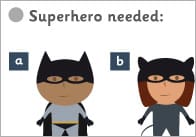
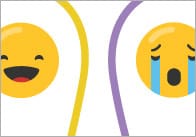
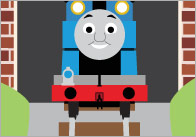
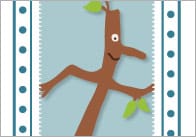
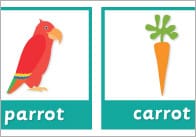
Thank you – great information!
Great informaton thanks and am looking forward to using these.
Thankyou